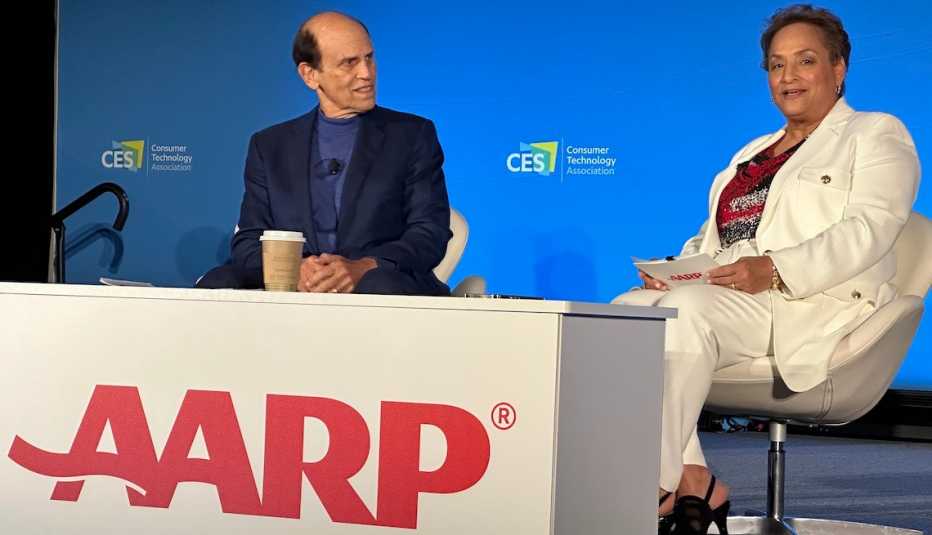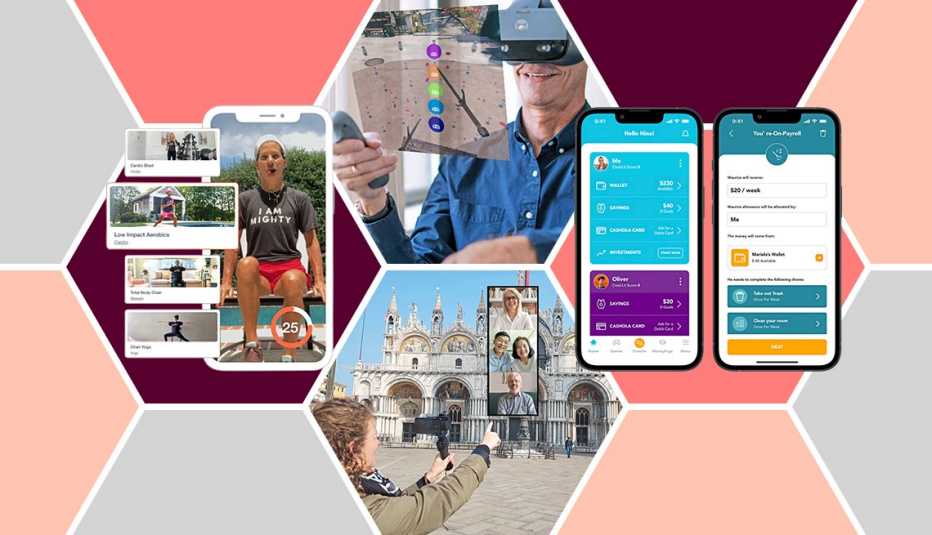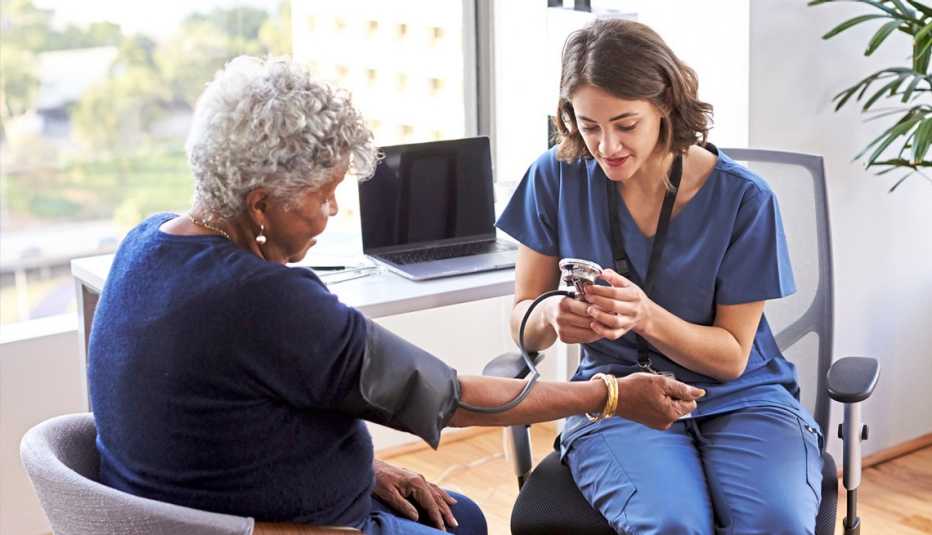Staying Fit
Fans of the original Star Trek won’t have to wait for the 23rd century to experience many of the medical advances that viewers saw in the 1960s TV series, according to billionaire philanthropist Michael Milken.
Dr. Leonard “Bones” McCoy waved his tricorder over a patient to diagnose a multitude of medical problems immediately. When he performed surgery, no scalpels were used nor blood shed — convenient for television but an inspiration for some of the devices and techniques being developed or in use already.


AARP Membership— $12 for your first year when you sign up for Automatic Renewal
Get instant access to members-only products and hundreds of discounts, a free second membership, and a subscription to AARP the Magazine.
In the decades since Star Trek, “surgery has evolved, for many things, to minimally invasive surgery. Today, you're in the hospital less with less trauma, less blood.” says Milken, chairman and founder of the Milken Institute think tank that focuses on physical, mental, financial and environmental health.
He and AARP CEO Jo Ann Jenkins had a wide-ranging discussion Jan. 7 about the future of health care and the world’s aging population as part of AARP’s AgeTech Summit in conjunction with the CES technology trade show in Las Vegas . Milken’s book, Faster Cures: Accelerating the Future of Health, will be available April 11.
The goal: noninvasive surgery
These days, laparoscopic surgery, now common to remove gallbladders and endometriosis with a few small incisions, uses a camera to show a doctor the inside of the abdomen. Laser surgery removes tumors, treats eye problems and stems blood loss. Robot-assisted surgery allows doctors to see smaller areas with high magnification and do colorectal, heart and other operations with greater precision.
Milken, on the board of the Focused Ultrasound Foundation based in Charlottesville, Virginia, sees promise in this ultrasound procedure, which uses high-intensity sound waves to treat conditions including essential tremor, Parkinson’s disease and uterine fibroids without any cutting.








































































